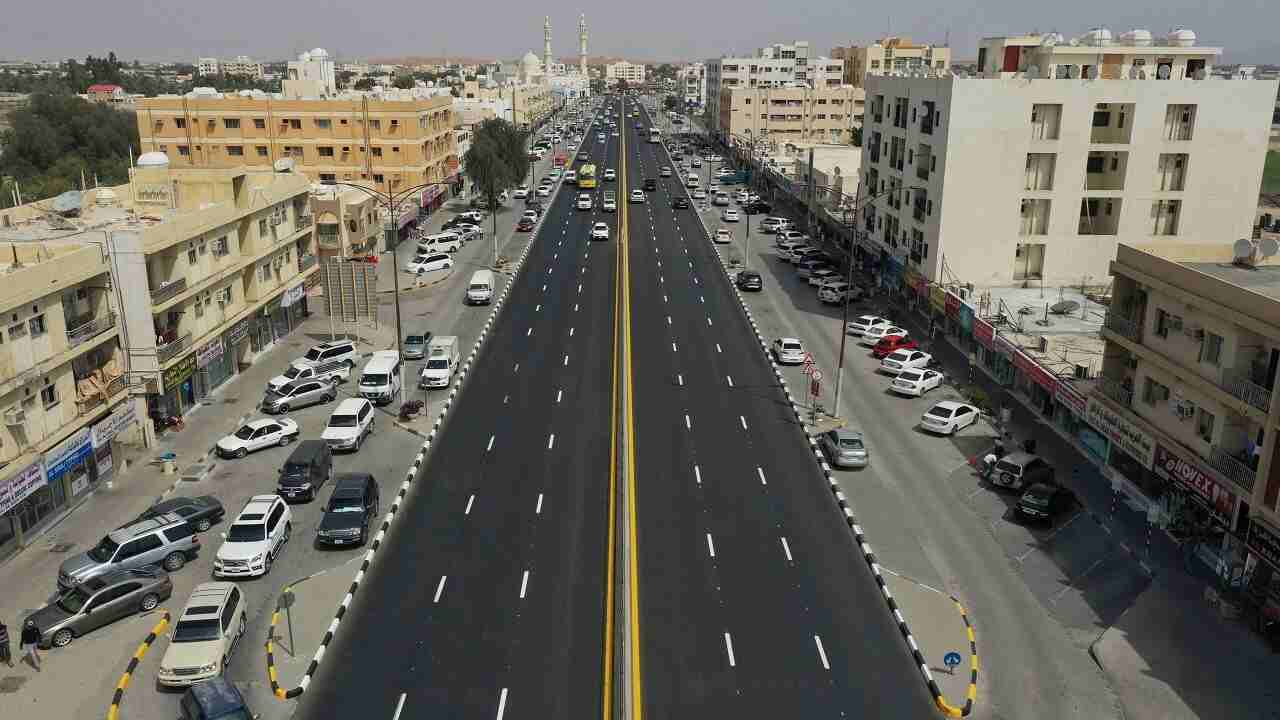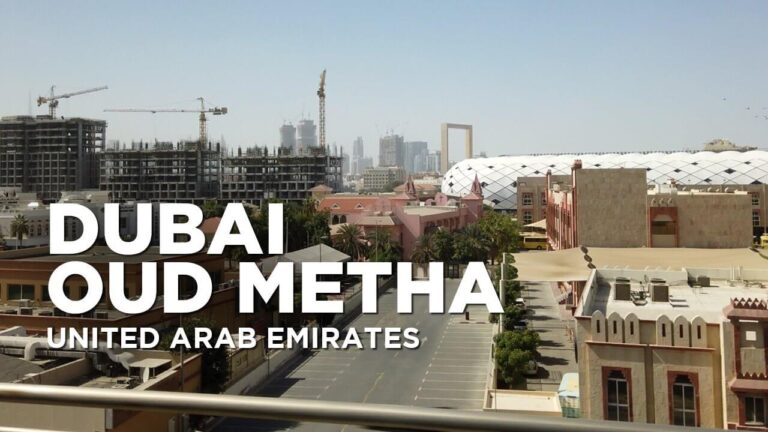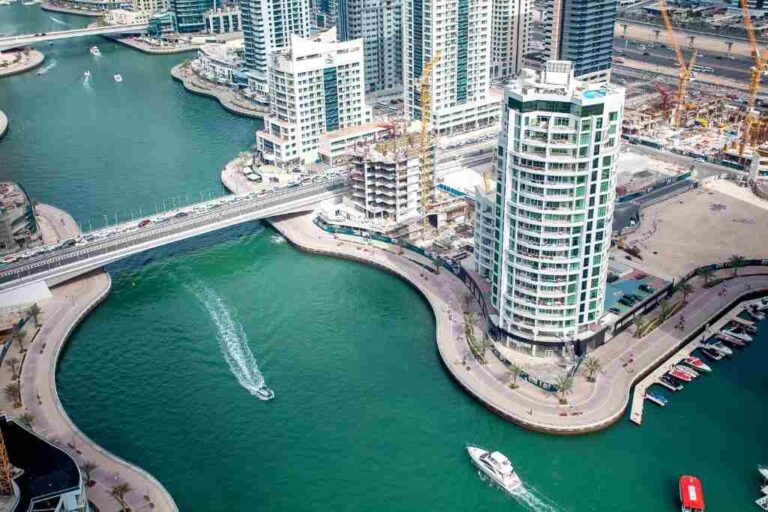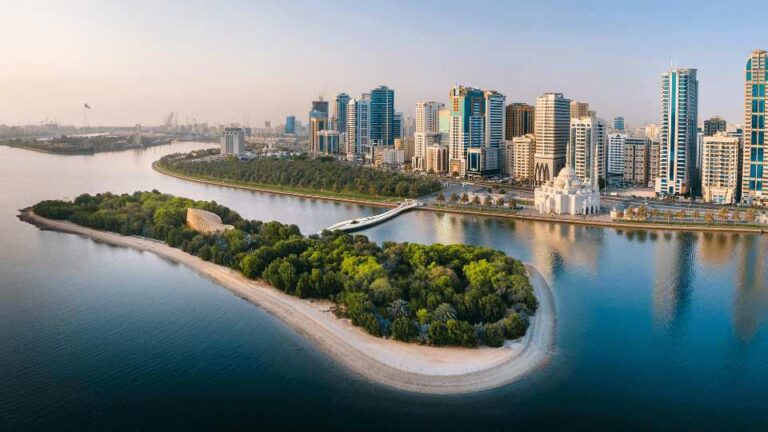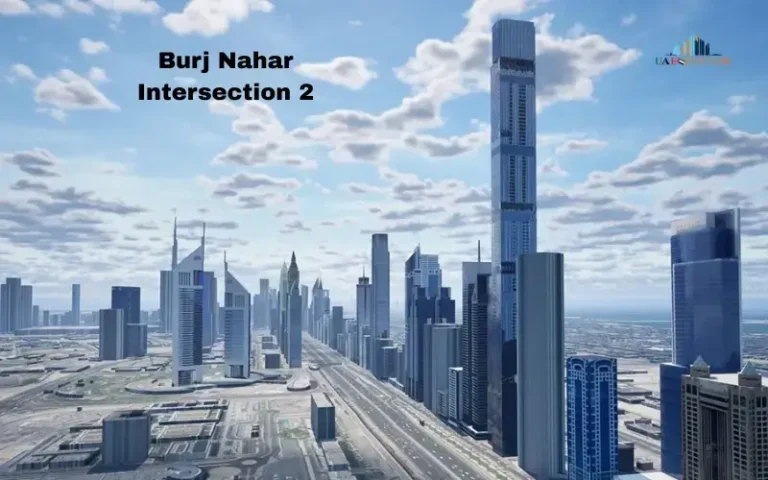Discover Dhaid, UAE – The Oasis Town in Sharjah’s Heartland
Nestled in the Central Region of the Emirate of Sharjah, Dhaid—also known as Al Dhaid—is a living tapestry of Emirati culture, ancient irrigation traditions, and modern-day community life. This inland oasis town, where the desert meets lush farmlands, is not just a geographic marvel but also a socio-cultural anchor for the UAE’s heritage. Surrounded by the Hajar Mountains and fed by subterranean aquifers and centuries-old falaj channels, Dhaid is a town that defies the typical desert landscape.
Etymology and Historical Depth
The name “Dhaid” likely stems from classical Arabic roots, though its exact etymology remains debated among historians. What’s undeniable, however, is its rich archaeological history. Evidence of human settlement dating back to the Stone Age has been uncovered here, including awls, scrapers, and stone tools used in early leatherwork and hunting. These artifacts serve as lexical relics—conveying more than words could about prehistoric livelihoods.
In the 20th century, Dhaid played a key role in tribal politics, particularly among the Al Qasimi dynasty. The Dhaid Fort, with its four towers (two round, two square), once served as a strategic stronghold and a symbol of governance in Sharjah’s hinterlands.
Geography and Natural Irrigation

Dhaid is located east of Sharjah, bisected by the East-West artery road connecting Sharjah to Masafi. This geographical placement at the mouth of Wadi Siji makes Dhaid a natural hub for agriculture, thanks to the seasonal wadis and underground aquifers.
The unique hydrological feature of Dhaid is the aflaj system—ancient underground water channels used to irrigate date palm plantations and farmlands. These channels serve as a rare attribute of oasian communities, directly linking Dhaid to similar ancient settlements in Oman and Persia.
Lifestyle Rooted in Agriculture and Tradition
The life rhythms in Dhaid are orchestrated by the land. Local farms flourish with dates, guavas, limes, mangoes, and strawberries, which are supplied across the UAE. Dhaid’s Friday Market, despite the name, operates all week and offers a variety of handmade crafts, carpets, pottery, plants, and fresh produce, reflecting the area’s strong cultural connotations of self-sufficiency and craftsmanship.
For an authentic experience, attend the camel races, usually held on Thursdays and Fridays during the cooler months. These races are not mere sport but are deeply embedded in the cultural fabric of the Emirati identity—emphasizing attributes like perseverance, heritage, and tribal pride.
Living in Al Dhaid: Community Overview
Al Dhaid has grown into a self-contained residential area where life is serene yet connected. Local governance places a strong emphasis on cultural preservation. As per the directives of Dr. Sheikh Sultan bin Mohammed Al Qasimi, renting properties in residential neighborhoods is reserved exclusively for Emirati citizens—an effort to preserve heritage lifestyles and local traditions.
Families residing here benefit from a strong sense of community, supported by:
- Al Dhaid Hospital, one of the top public healthcare institutions in Sharjah
- Schools like Al Dhaid School and Al Noaimeyah School for Girls
- Supermarkets like Sharjah Co-Op, Al Salwan Grocery, and Safeer Dhaid
Real Estate and Amenities
Residential real estate in Dhaid includes studio apartments (around 240 sq. ft.), 2-3 bedroom villas (1,350–2,799 sq. ft.), and even farmlands for sale. Most villas come with private lawns and pools—perfect for families seeking a tranquil lifestyle away from the city buzz.
Transportation and Connectivity
Although Dhaid lacks direct metro or tram links, it is well connected via public buses like Routes 77, 88, and 99, with stops including Main Transformer Bus Stop and Emirates Station. Dedicated parking and easy access to Al Dhaid Road make it ideal for both private and public transportation users.
Tourism and Places to Explore
Don’t miss:
- Mleiha Archaeological Centre (20 km south): Displays artifacts from 125,000 years ago, including tools from the Umm Al Nar period.
- Fossil Rock: A prime off-roading spot with panoramic views of the desert.
- Friday Market in Fujairah: Open every day with goods ranging from local dried fish to traditional rugs.
Nearby Areas
Dhaid’s location places it within 30 minutes of:
- Falaj Al Mualla (UAQ)
- Manama (Ajman)
- Al Maghribiya (RAK)
Its centrality makes Dhaid a viable hub for commuting professionals and farmers alike. If you’re working in the outskirts or in need of a weekend getaway, Dhaid offers both respite and resourcefulness.
Recommended Services in Dhaid
Explore our expert moving services in Sharjah or discover farming land investments available now in Al Dhaid. Our services include everything from property acquisition to settling utilities—crafted for both locals and expats working in nearby emirates.
FAQs about Dhaid, UAE
What does the name “Dhaid” mean?
The exact etymology is uncertain, but it reflects deep-rooted Arabic origins tied to oasis and desert life.
Where is Dhaid located in the UAE?
Dhaid is in the Central Region of Sharjah, between Masafi and Sharjah city, near the Hajar Mountains.
What is Dhaid known for?
Date farms, falaj irrigation, camel racing, and archaeological significance.
How much is a taxi from Sharjah to Dhaid?
Taxi fares vary but average around AED 100–120 depending on traffic and route.
Are there educational institutes in Dhaid?
Yes, from nurseries to high schools including Al Dhaid School and Al Noaimeyah School.
What medical facilities are available?
Al Dhaid Hospital is a well-equipped public hospital offering comprehensive care.
Is Dhaid a good place to live?
Absolutely—for those seeking peaceful living, greenery, and proximity to heritage sites.
What to do near Dhaid?
Visit Fossil Rock, the Mleiha Centre, or shop at the vibrant Friday Market.
- Al Wahda Mall Abu Dhabi, UAE: The Ultimate Shopper’s Paradise - November 27, 2025
- Shab-e-Barat 2026 UAE: Date, Meaning, Global Differences & Complete Guide for the UAE - November 26, 2025
- Where Else Can You Use Your Nol Card in Dubai? - November 26, 2025

